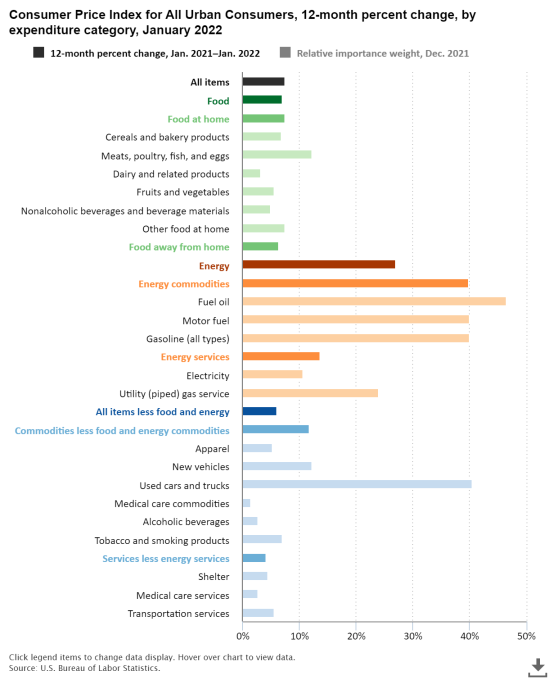Valorie Rice, Sr. Business Information Specialist
Current Data Releases as of 11 February 2022
Nationally, housing affordability in the fourth quarter 2020 was at its lowest level in a decade with 54.2 percent of homes sold being affordable for families earning the U.S. median income according to the NAHB/Wells Fargo Housing Opportunity Index released February 8. This was true for most Arizona metropolitan areas as well. Arizona metro areas experienced the lowest affordability since 2012 (when the current series began) with two exceptions. Yuma improved slightly between the third quarter and fourth quarter 2020 and Sierra Vista-Douglas, which had the highest share of homes affordable for the area median family income at 86.1 percent in the fourth quarter 2020, had lower affordability in 2017 to 2019 than present. The share of homes affordable for a median family income in Arizona metros for the last quarter of 2021: Sierra Vista-Douglas 86.1 percent, Yuma 65.2 percent, Tucson 58.0 percent, Lake Havasu City-Kingman 50.3 percent, Phoenix 44.5 percent, Prescott 33.6 percent, and Flagstaff 33.0 percent. Only Sierra Vista, Yuma and Tucson had a higher share of homes affordable for the median income than the U.S. for the last quarter of 2021.
NAHB/Wells Fargo Housing Opportunity Index, Arizona Metropolitan Areas
Arizona bankruptcy filings continued their downward trend in January with 641 filings, a 10.1 percent decrease from January 2021. Chapter 13 filings (individual debt adjustment) were the only form of bankruptcy with more filings this month than the same point a year ago, with 116 compared to 108, a 7.4 percent increase. Both Yuma and Phoenix offices had over-the-year decreases with -27.0 percent and -13.4 percent, respectively. The Tucson office, however, had a small increase of 4.3 percent from January to January. The Tucson office handles Cochise, Graham, Greenlee, Pima, Pinal, and Santa Cruz counties. The Phoenix office includes Apache, Coconino, Gila, Maricopa, Navajo, and Yavapai counties. The Yuma office represents La Paz, Mohave, and Yuma counties.
All but 11 of the largest U.S. counties experienced an increase in employment between September 2020 and September 2021 according to the February 23 Quarterly Census of Employment and Wages (QCEW) release from the Bureau of Labor Statistics. The two counties with largest employment growth were Honolulu, HI at 13.3 percent and Clark, NV at 12.5 percent. Jefferson, LA had the largest over-the-year decrease at -3.2 percent. In Arizona, Maricopa County employment was up 4.1 percent and Pima County increased 2.3 percent for that time. Average weekly wages increased over-the-year for the third quarter 2020 with wages going up 6.7 percent for the nation. San Mateo, CA posted the largest gain with an increase of 27.2 percent. Both Maricopa and Pima counties had increased wages at 7.6 percent and 5.0 percent, respectively.
The 12-month change in the Consumer Price Index (CPI-U) was 7.5 percent for January, the largest annual inflation rate since February 1982. Energy was the category with the largest 12-month change, rising 27.0 percent from January to January. Within energy, gasoline prices rose 40.0 percent. Food increased 7.0 percent and the all items less food and energy category increased 6.0 percent. The monthly change in CPI-U for January was a seasonally adjusted 0.6 percent, the same amount as December. The index for all items less food and energy also increased 0.6 percent over the month for both January and December. According to the February 10 Bureau of Labor Statistics release, prices for food, electricity and shelter were the largest contributors to the all items index. The food index rose 0.9 percent in January as did the energy index.






